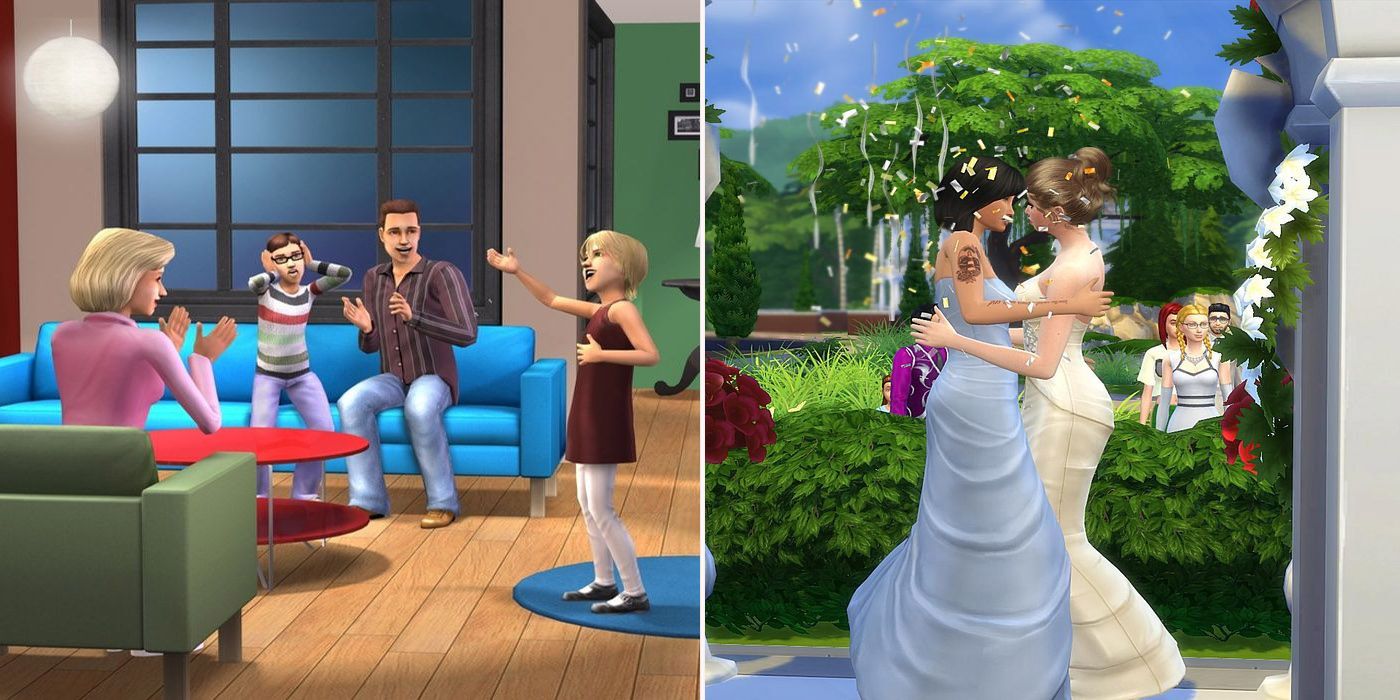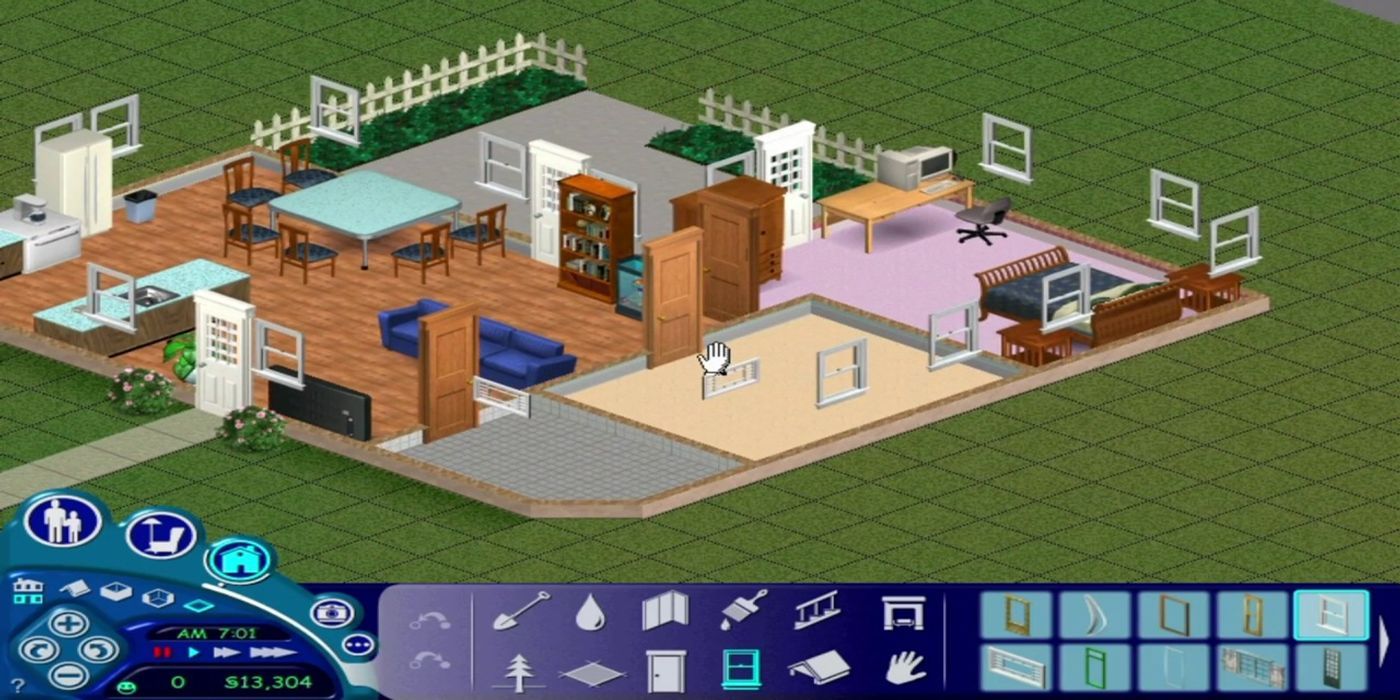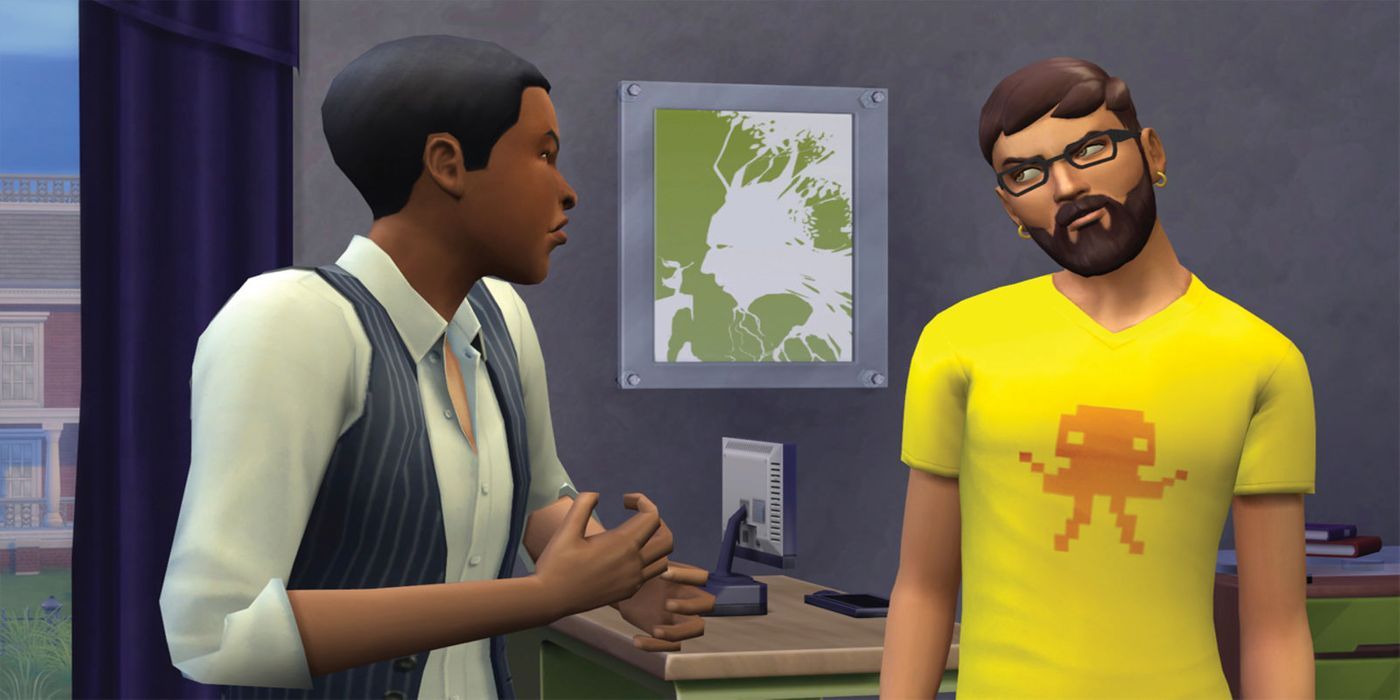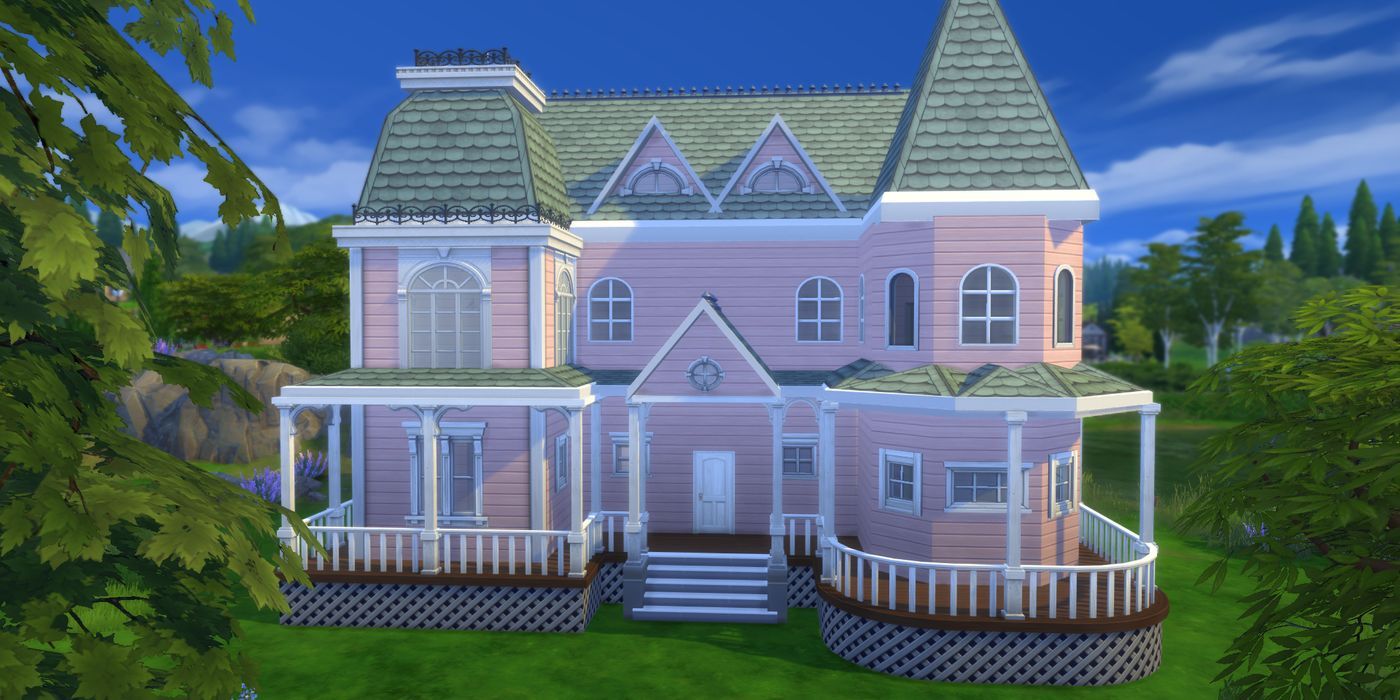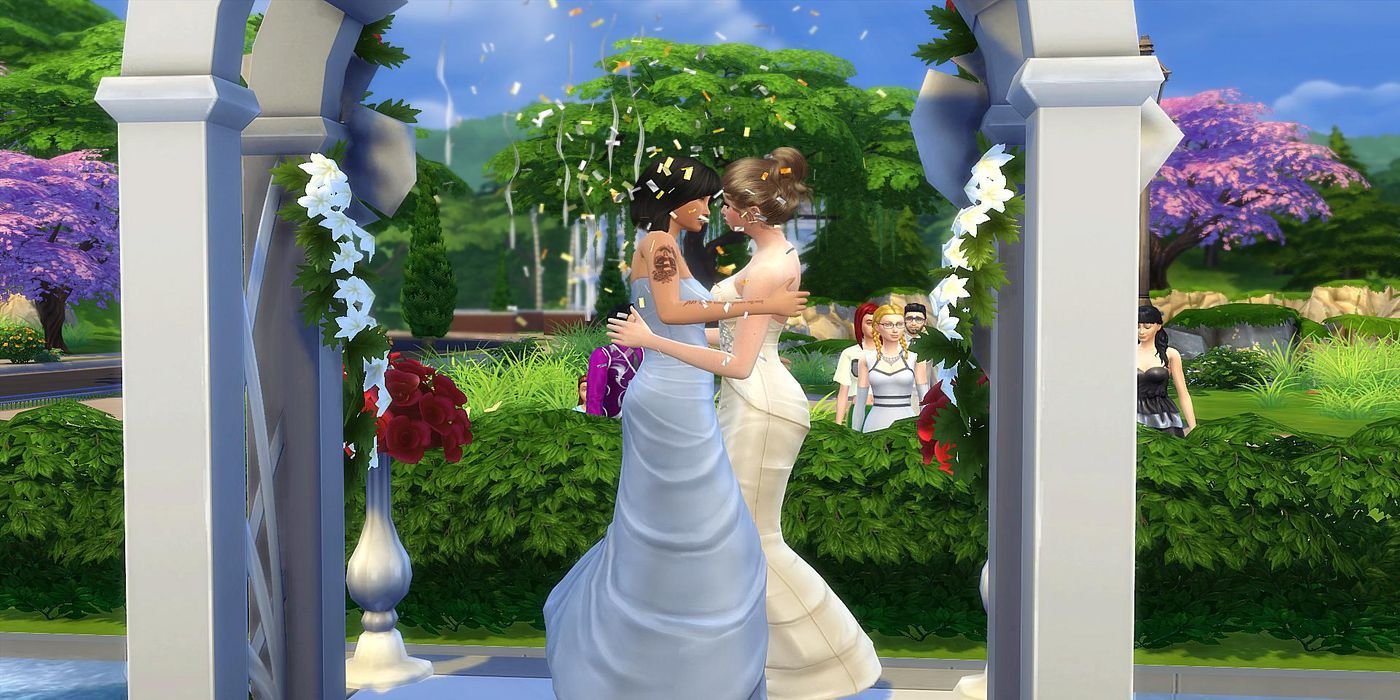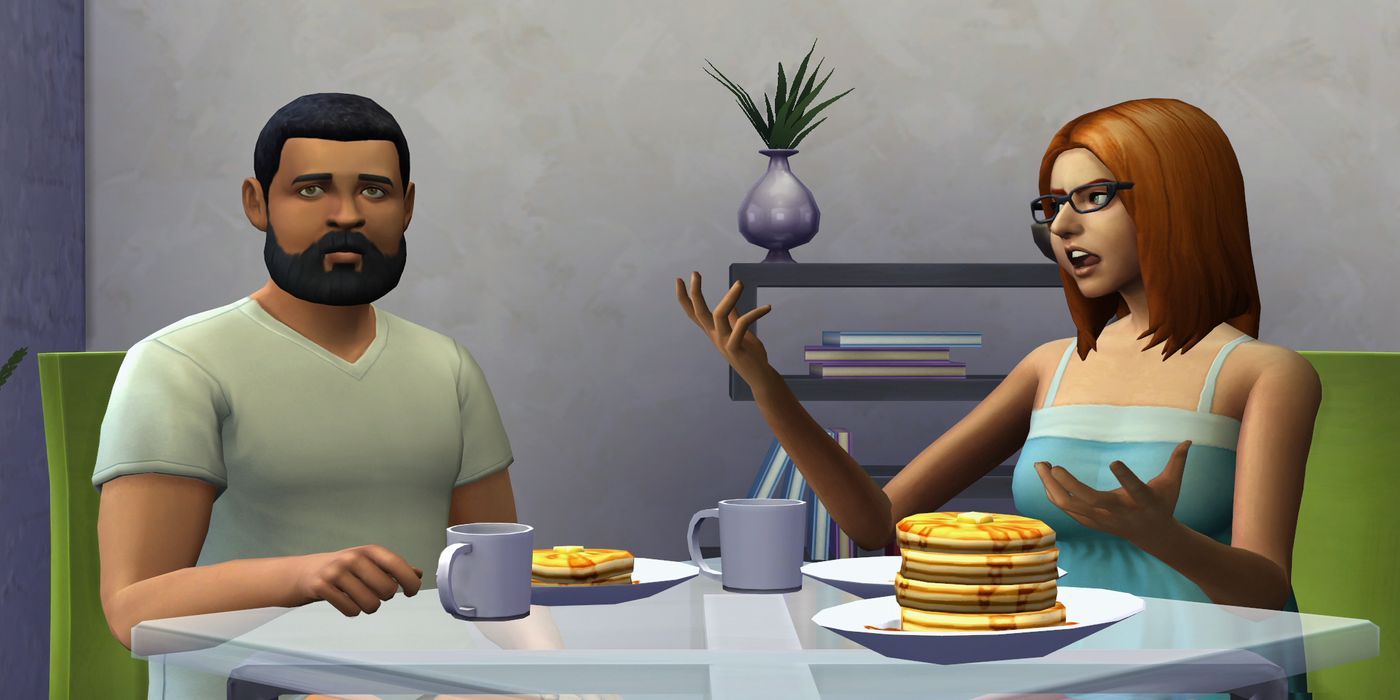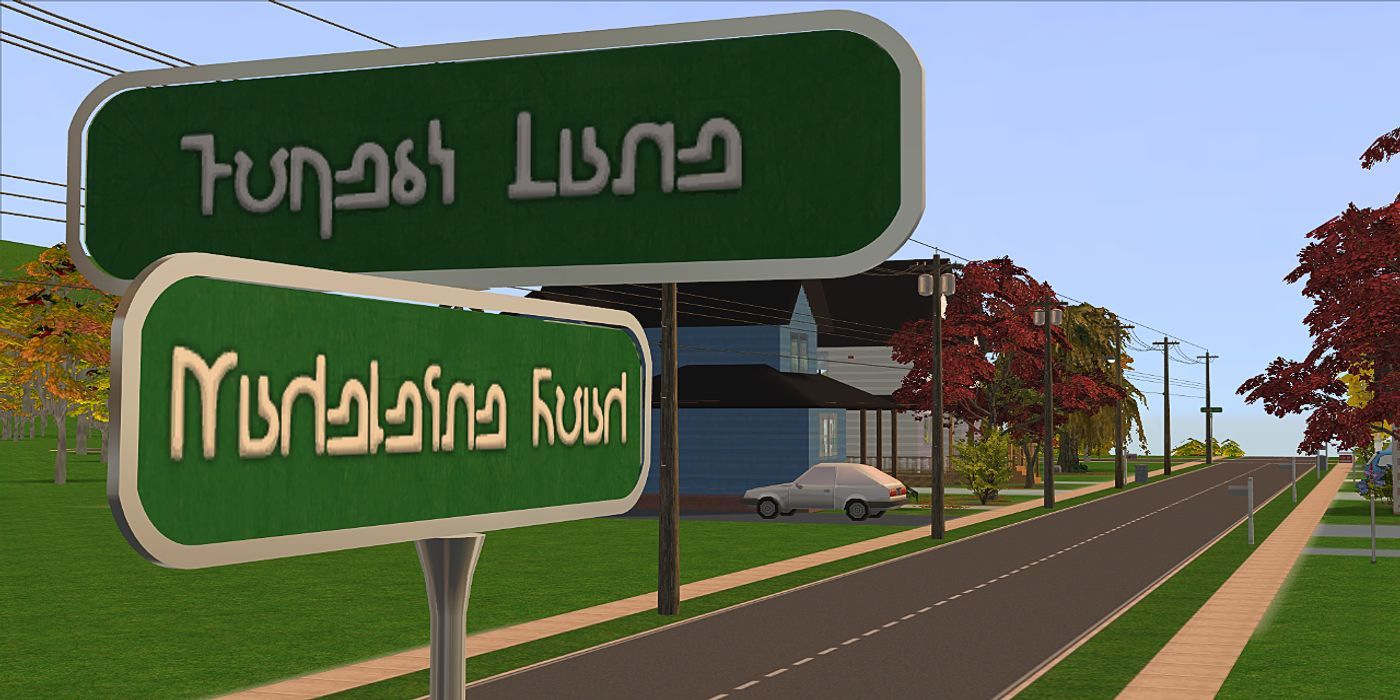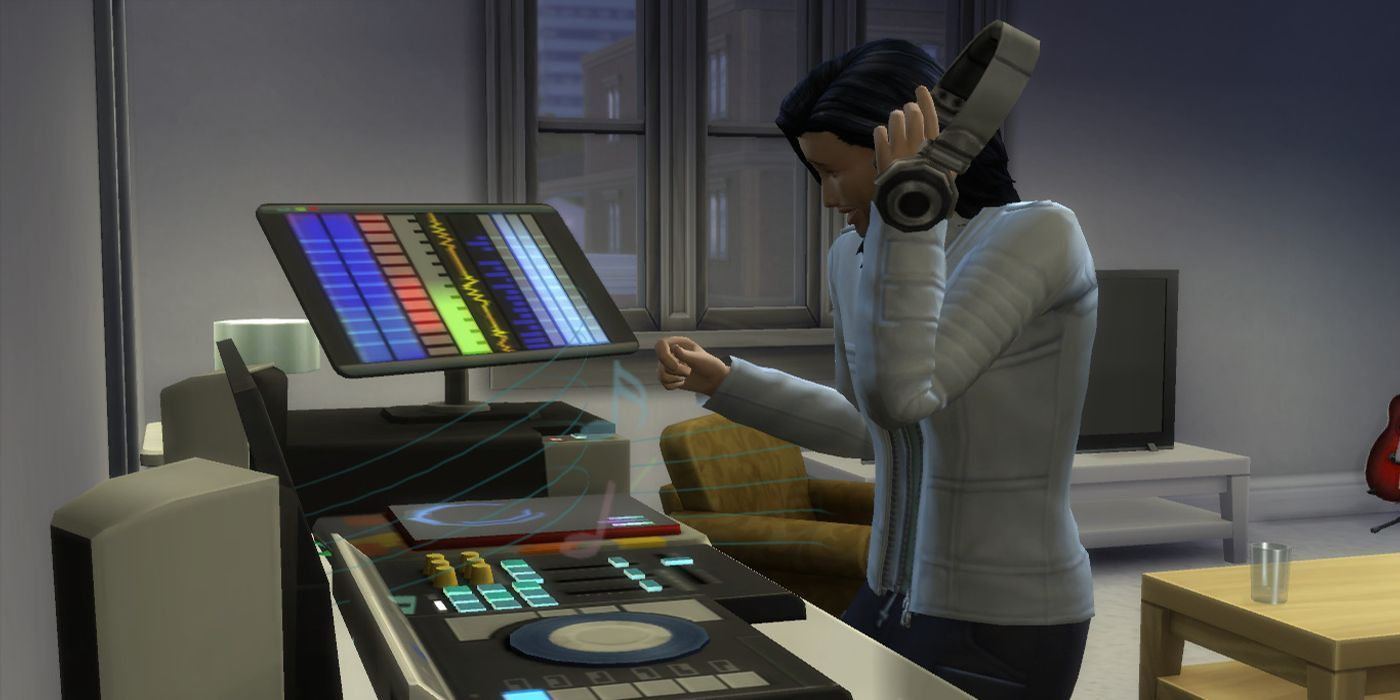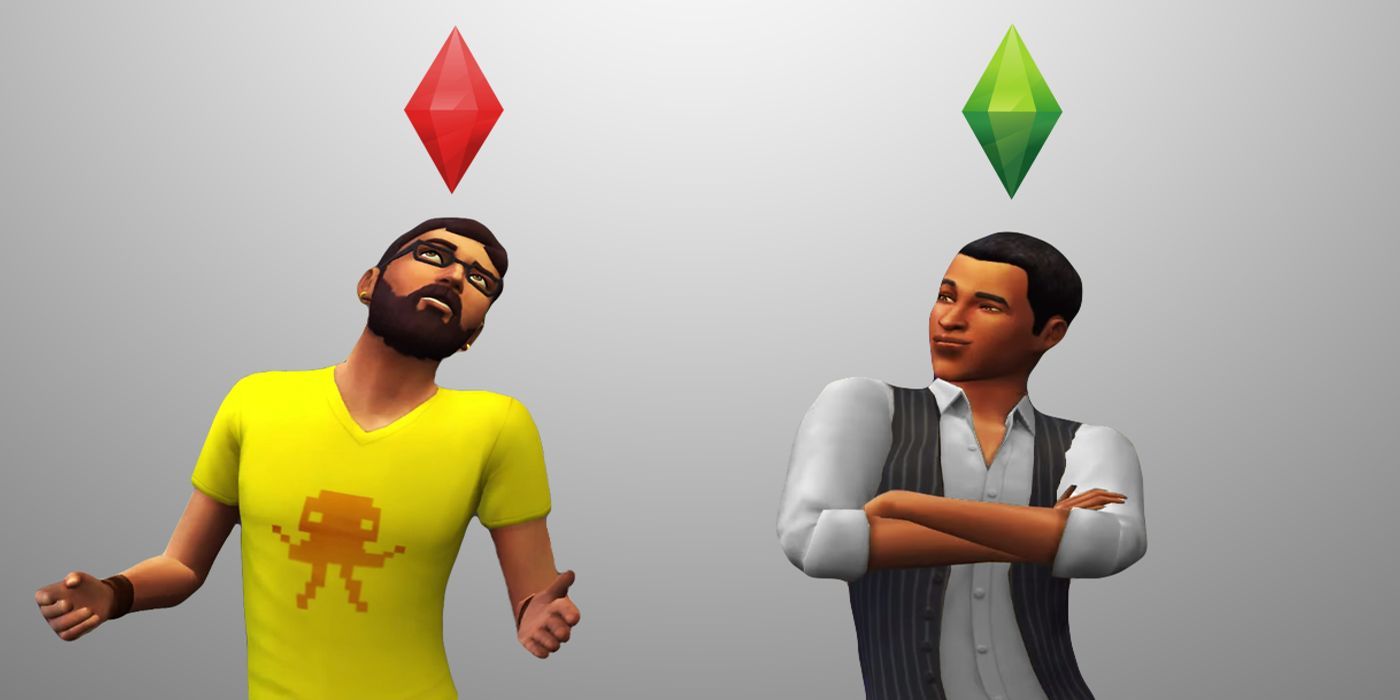It's been nearly 20 years since the first game in The Sims franchise hit the market and took the world by a storm. What has now become without a doubt one of the most iconic and widely sold games in the entire world. It has had four different installments and to this day hasn't been challenged by a proper competitor.
This incredible success story of The Sims is inspirational, to say the least, but the developers and original creators know it wasn't always a bed of roses two decades ago when the game was still being developed.
Let's take a look at ten secret facts from behind the scenes of The Sims franchise, and see just how far the series has really come.
10 It Was Inspired By A Fire
Back when simulations were still a vague idea in people's heads and SimCity was the biggest thing dominating the market, tragedy struck Will Wright's life when his house burned down in a devastating firestorm. After losing everything he had to rebuild his life, buy a new house and furnish it from top to bottom.
The act of doing this gave him the idea of a game with a similar theme, where a player could create his ideal house and decide exactly how they would want it to be.
9 It Was Meant To Be An Architecture Game
The Sims was initially meant to be purely a building game. The player would have the ability to landscape, build, design and furnish a house, after which they could move in a family and see how they interacted with the house and whether this space was good enough to live in.
However, when developers focused on enhancing the AI of the Sims that would live in these architectural creations, it became clear soon enough that it was the Sims themselves that were much more interesting than the building and furnishing. Hence, the direction of the game took a turn and became more of a life simulation.
8 It Was Disliked By Maxis
The concept of a life simulation was extremely foreign to most companies at the time, and Will Wright struggled to make a case for The Sims. Maxis, the company he worked in, was not entirely convinced by the potential of the game and it even failed its early focus group tests. Therefore, the project was put on the back burner.
However, Wright kept believing in his work and focused his attention on it by getting developers with less work and duties on board to work on it. Once the company was sold to Electronic Arts, the game finally got its proper chance to shine.
7 It Used To Be Called Dollhouse
The name of the simulation posed quite a bit of an issue early on in development. Will Wright wanted to call the game Dollhouse because it seemed most appropriate for what the player was able to do: control the lives of people while building and furnishing a home. However, the name was considered too girly and was scrapped in order to keep the male target audience interested.
Since Will Wright always strove to keep the game as gender-neutral as possible, it was briefly called The Tactical Domestic Simulator before eventually named The Sims.
6 It Was Defined By One Kiss
The Sims franchise has always been known for how inclusive it is compared to many other games. This policy was first solidified in the 1999 E3 event where The Sims was first being showcased as a demo, and two of the female characters attending a wedding had fallen in love with one another and kissed on screen.
The event was iconic and helped to gain all the positive attention for the game that was needed. To this day, the game lets the player choose their romantic interests without restriction.
5 Its Language Was Improvised
One of the major challenges when developing the game was language and speech. A few languages were tested for the game, but due to restrictions, the dialogues would have been far too repetitive and take away from the immersion of the game.
Instead, voice actor Stephen Kearin and actress Gerry Lawlor were hired for the job. Their voices and amazing improvisation was what created the basis for Simlish in its early days. Every word was basically imaginative gibberish and still is today with a few keywords like "sul sul."
4 It Was Delayed By A Year
Although delays tend to be very normal in the world of gaming, the reason why The Sims was delayed was special. According to Wright, the game could have been released about a year earlier than it initially was, but he wanted to make sure that every detail was perfect.
In particular, he wanted to reserve an entire year's worth of work just to ensure that the AI and all possible behavioral patterns of the Sims would be covered and functional inside the game as much as possible. This is without a doubt the most challenging part of the entire development process.
3 It Had No Written Simlish At First
In The Sims, there were initially no written signs anywhere to be seen, precisely because Wright wanted to avoid using specific languages in his game. He also didn't want to break the immersion by making any of the signs and texts too restrictive. So, instead of developing a written language, he opted for symbols and picture logos for shops and other signs.
Written Simlish didn't become a thing until much later on in The Sims 3, and has been consistent since then in The Sims 4.
2 Its Music Became More Iconic Than Most Artists
With how widespread The Sims is, almost anyone can recognize the quaint build mode and create-a-sim mode tunes. For its time, the music heard in the first game is actually quite progressive and was the first form of media to introduce the new generations to new age jazz.
While the creators of the music simply wanted something relaxing and unremarkable that wouldn't break the player's focus, the music of The Sims is now so widely spread due to the game's success that it's almost better known than many regular pop and rock artists of our time.
1 Its Main Symbol Was A Placeholder
If there's one thing that's iconic to The Sims franchise, then it has to be the plumbob. This little diamond that hovers above your Sim's head when they've been selected and changes color depending on their mood and their needs has a very humble history.
Charles London, the lead graphic designer for the first game, used the Plumbob as a mere placeholder for developmental purposes. However, after a while, the symbol stuck and today it's a core part of gameplay that fans can't imagine the game without.

